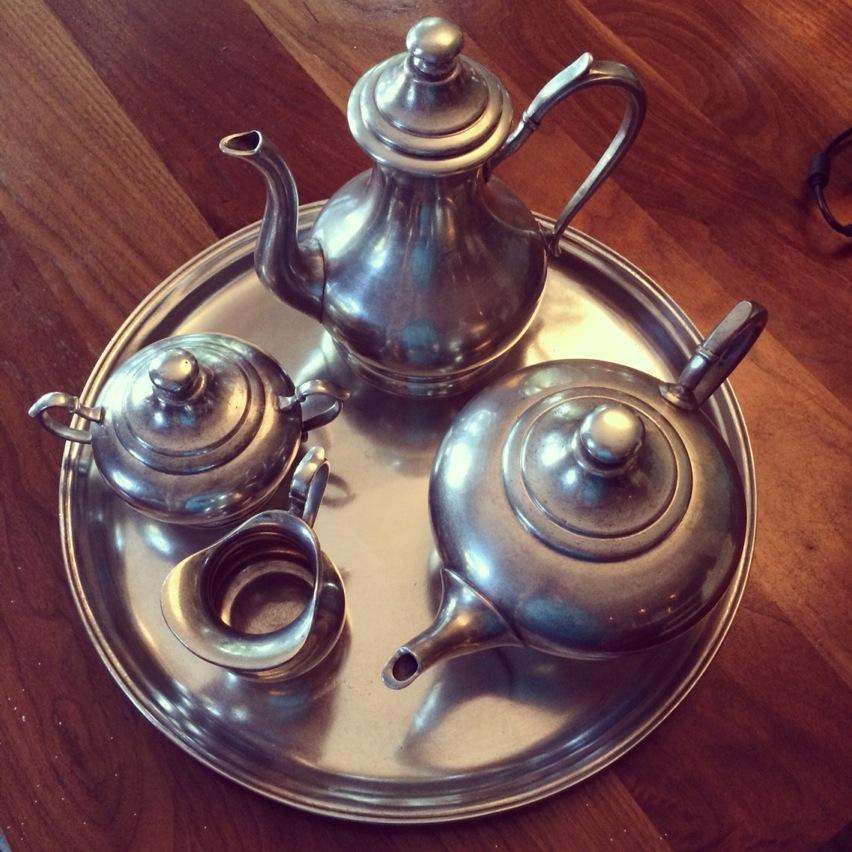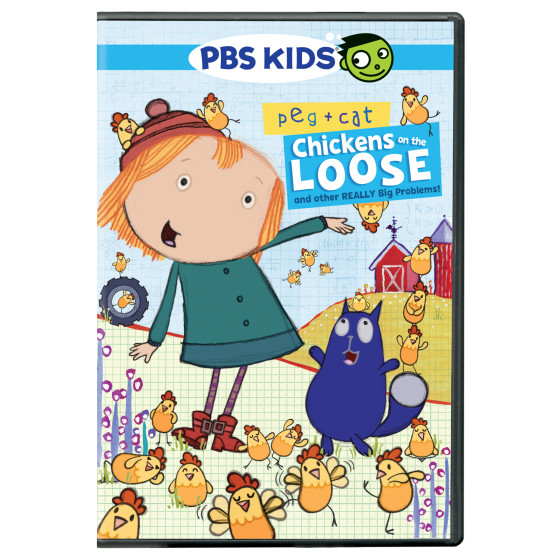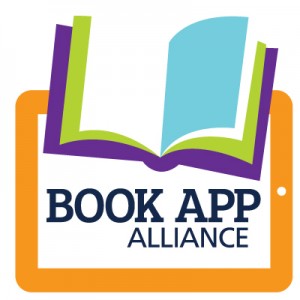
Culture :: History of Skateboarding in Southern California
My daughter practicing her skateboarding moves! She’s fearless!
Growing up in Southern California in the 70’s I was introduced to skateboarding early on. I have a vivid memory of skateboarding down the street near my house trailing behind my dog, Max (a large Standard Poodle) holding his leash while riding. I thought it a good idea to grab a tennis ball I found in the gutter and throw it and jump back on to have Max drag us along. Hmmm… not such a good idea as I went tumbling when my board hit a rock and I still have to this day a scar on my elbow. When my daughter asked for a board last year I did have some reservations as I know that it can be a steep learning curve to riding well. But knowing that she has always had a good sense of her physical abilities I figured she would pick it up pretty quickly. Part of the joy of parenting I think is seeing our kids do things that we loved and sharing your stories as a kid with them. The skateboarding culture has grown into quite the business and a 2009 report found that the skateboarding market is worth an estimated $4.8 billion in annual revenue with 11.08 million active skateboarders in the world.
History of Skateboarding:
Skateboarding was born sometime in the late 1940s or early 1950s when surfers in California wanted something to surf when the waves were flat. It seems no one knows for sure who made the first board; it appears that several people came up with similar ideas at around the same time. These first skateboarders started with wooden boxes or boards with roller skate wheels attached to the bottom.
The first manufactured skateboards were ordered by a Los Angeles California surf shop, meant to be used by surfers in their downtime. The shop owner, Bill Richard, made a deal with the Chicago Roller Skate Company to produce sets of skate wheels, which they attached to square wooden boards. Accordingly, skateboarding was originally denoted “sidewalk surfing” and early skaters emulated surfing style and maneuvers. Crate scooters preceded skateboards, and were born of a similar concept, with the exception of having a wooden crate attached to the nose (front of the board), which formed rudimentary handlebars. (Source: Wikipedia).

Photo courtesy of Wikipedia
Present Day:
Skateboarding had gained in popularity so much so that by 2001 more participants under the age of 18 rode skateboards (10.6 million) than played baseball (8.2 million). Though traditional organized team sports still dominate youth programs overall. Skateboarding and skate parks began to be viewed and used in a variety of new ways to compliment academic lessons in schools, including new non-traditional physical education skateboarding programs, like Skatepass and Skatestain that are used to encourage youth to have better attendance, self-discipline and confidence. The healthy physical benefits of skateboarding include muscle & bone strengthening, and balance. The positive impacts on youth include teaching them mutual respect, social networking, artistic expression and an appreciation of the environment. That is one of the many reasons I am encouraging my daughter to continue with skateboarding – it helps give her confidence in her physical abilities and offers a way to connect with other kids who also love this sport.
In 2003 Go Skateboarding Day was founded in southern California by the International Association of Skateboard Companies to promote skateboarding throughout the world. It is celebrated annually on June 21 “to define skateboarding as the rebellious, creative celebration of independence it continues to be. According to market research firm American Sports Data the number of skateboarders worldwide increased by more than 60 percent between 1999 and 2002—from 7.8 million to 12.5 million. (Source: Wikipedia).
Check with your local community center to see if they offer classes for kids. This is a great way for children to exercise while having fun and connecting with other skateboarders.
Did you or do your kids skateboard?
0




